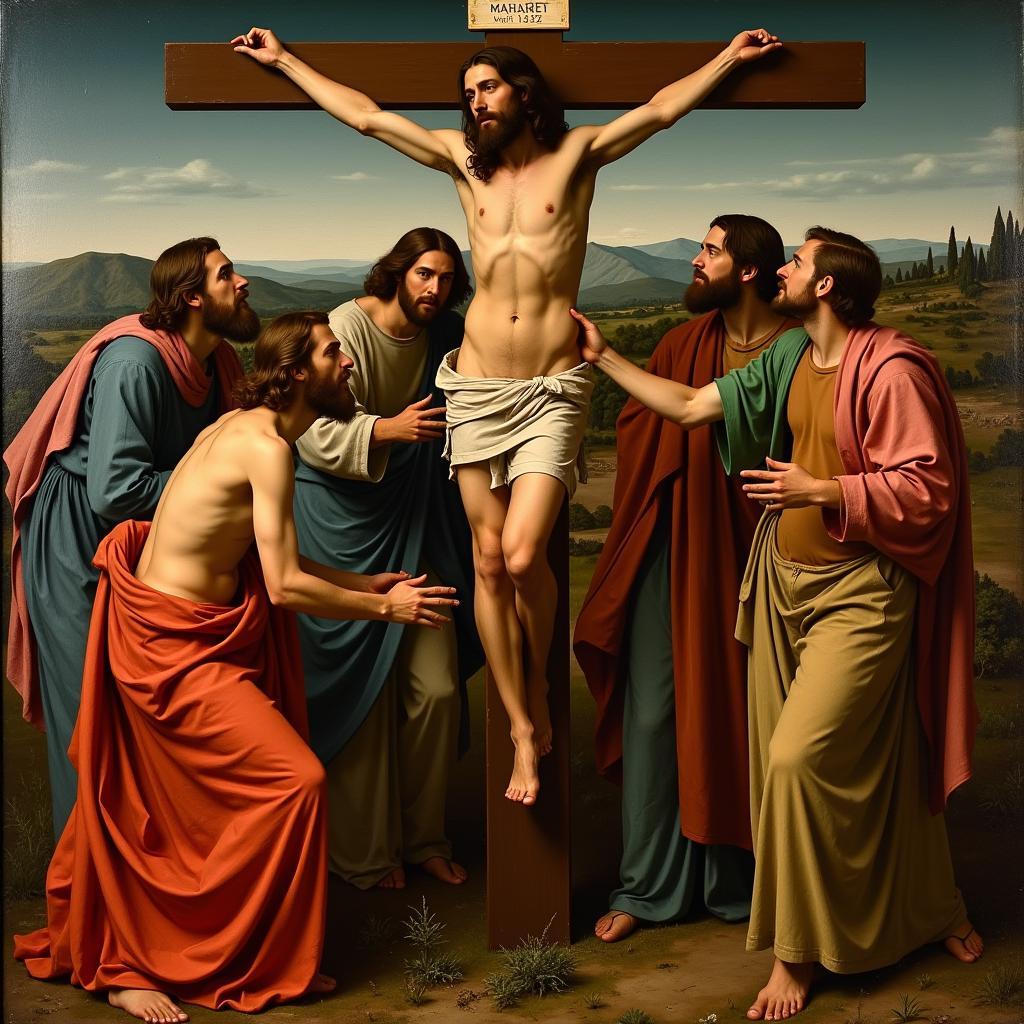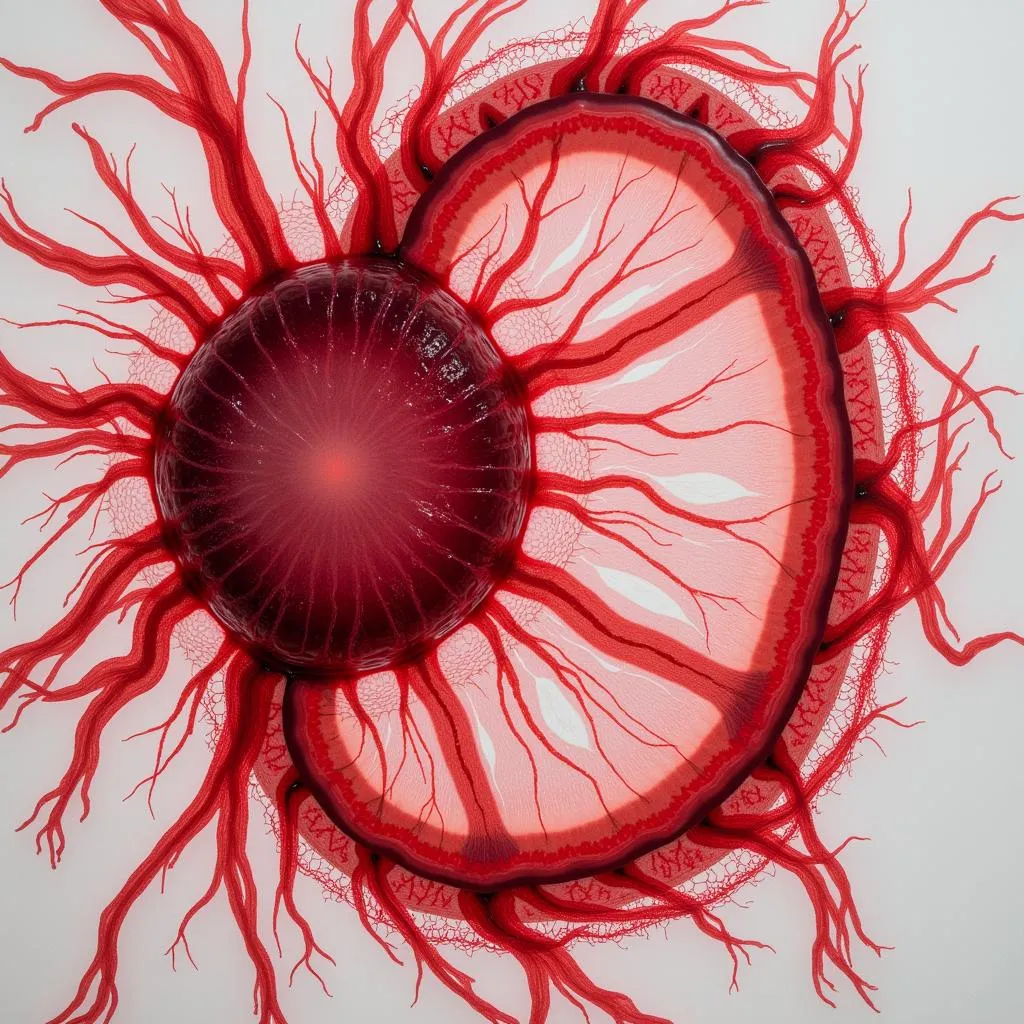Painting Jesus Art: A Divine Journey Through Art History and Technique
The portrayal of Jesus Christ in art, often referred to as “Painting Jesus Art,” has captivated humanity for centuries. From the catacombs of ancient Rome to the grand cathedrals of Europe, artists across time have sought to capture the divine essence of Jesus through their chosen mediums. This exploration of “painting Jesus art” delves into the historical evolution of these depictions, the techniques employed, and the profound impact these artworks have on viewers.
The Evolution of Depicting Divinity
Early Christian art, often found in the Roman catacombs, favored symbolic representations of Jesus. The ichthys (fish), the Chi Rho symbol, and depictions of the Good Shepherd were prevalent, reflecting a time when Christianity was still developing its visual language.
![]() Byzantine Icon of Christ Pantocrator
Byzantine Icon of Christ Pantocrator
With the rise of Byzantine art, a more standardized image of Jesus emerged. Icons, characterized by their flat perspective and use of gold leaf, presented a majestic and otherworldly Christ, emphasizing his divinity. These iconic representations continue to hold religious significance in Eastern Orthodox Christianity today.
The Renaissance and the Rise of Realism
The Renaissance witnessed a resurgence of interest in classical art and a renewed focus on humanism. Artists like Leonardo da Vinci and Michelangelo imbued their depictions of Jesus with a newfound realism, anatomical accuracy, and emotional depth. The “Last Supper” and the “Sistine Chapel ceiling” stand as testaments to this artistic shift, portraying Jesus with a human vulnerability that resonated deeply with viewers.
 Renaissance Era Painting of the Crucifixion
Renaissance Era Painting of the Crucifixion
Beyond the Western Canon: Diverse Interpretations of Jesus in Art
It’s crucial to recognize that “painting Jesus art” extends far beyond the Western artistic tradition. From Ethiopian religious icons to indigenous art forms in the Americas, artists from diverse cultural backgrounds have reimagined Jesus through the lens of their own traditions and beliefs. These diverse interpretations enrich our understanding of Jesus’s global impact and challenge us to see beyond a singular, Eurocentric perspective.
Modern and Contemporary Approaches
The 20th and 21st centuries have witnessed a continued evolution in how artists depict Jesus. Some artists have embraced abstract and expressionistic styles to convey the spiritual and emotional aspects of Christ’s life. Others have used their art to engage with social justice issues, portraying Jesus as a symbol of compassion and advocacy for the marginalized.
Techniques in Painting Jesus Art
Throughout history, artists have employed various techniques to create “painting Jesus art.” Fresco painting, a technique used extensively in Renaissance Italy, involved applying pigments to wet plaster, resulting in long-lasting murals often found in churches. Oil painting, with its ability to render subtle gradations of light and shadow, became popular during the Renaissance and remains a favored medium for portraiture. Other techniques include tempera, watercolor, and, more recently, digital art, demonstrating the continued evolution of “painting Jesus art.”
The Enduring Power of “Painting Jesus Art”
The enduring appeal of “painting Jesus art” lies in its ability to connect with viewers on a deeply personal level. Whether conveying the tranquility of a Byzantine icon or the raw emotion of a Renaissance masterpiece, these artworks invite contemplation, inspire devotion, and offer solace. As long as artists continue to explore the depths of human experience through their craft, “painting Jesus art” will remain a powerful and enduring form of artistic expression.



